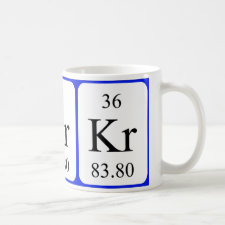
Authors: Zheng XY, Wang JP
Article Title: A Novel Metal-Organic Framework Composite, MIL-101(Cr)@MIP, as an Efficient Sorbent in Solid-Phase Extraction Coupling with HPLC for Tribenuron-Methyl Determination.
Publication date: 2019
Journal: International Journal of Analytical Chemistry
Volume: 2019
Article Number: 2547280.
DOI: 10.1155/2019/2547280
Alternative URL: https://www.hindawi.com/journals/ijac/2019/2547280/
Abstract: A highly efficient and selective method based on core-shell molecularly imprinted polymers (MIL@MIP) and high performance liquid chromatography (HPLC) was developed and firstly used for the trace analysis of tribenuron-methyl (TBM) in complicated matrices. The MIL@MIP was prepared by surface molecular-imprinting technique, specially using MIL-101 as core, TBM as template molecule, methacrylic acid (MAA) as functional monomer, ethylene glycol dimethacrylate (EGDMA) as cross-linker, and azobisisobutyronitrile (AIBN) as initiator. The resulting MIL@MIP showed high affinity, recognition specificity, fast mass transfer rate, and efficient adsorption performance towards TBM with the adsorption capacity reaching up to 3.217 mg/g. It also showed high cross-selectivity for TBM among its six kinds of chemical structure analogues. Furthermore, using the MIL@MIP as solid-phase extraction (SPE) materials, the recoveries of TBM determined by HPLC were 84.6-92.3%, 93.3-106.7%, and 88.9-93.3% in the spiked river water, soil, and soybean samples, respectively, with the limit of detection of 0.3 ng/L, 1.5 ng/kg, and 1.5 ng/kg, accordingly. It was proved that the developed HPLC-MISPE method was fast, accurate, and sensitive for detecting the trace TBM in river water, soil, and soybean samples
Template and target information: tribenuron-methyl, TBM



Join the Society for Molecular Imprinting

New items RSS feed
Sign-up for e-mail updates:
Choose between receiving an occasional newsletter or more frequent e-mail alerts.
Click here to go to the sign-up page.
Is your name elemental or peptidic? Enter your name and find out by clicking either of the buttons below!
Other products you may like:
 MIPdatabase
MIPdatabase









